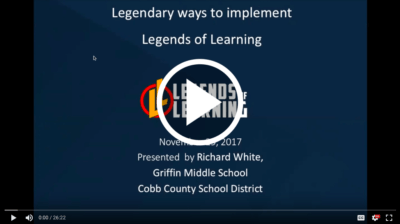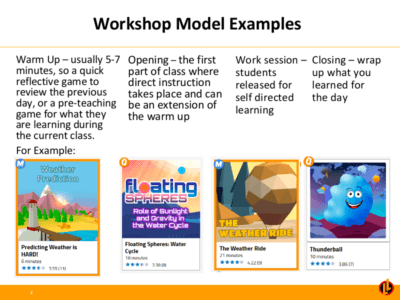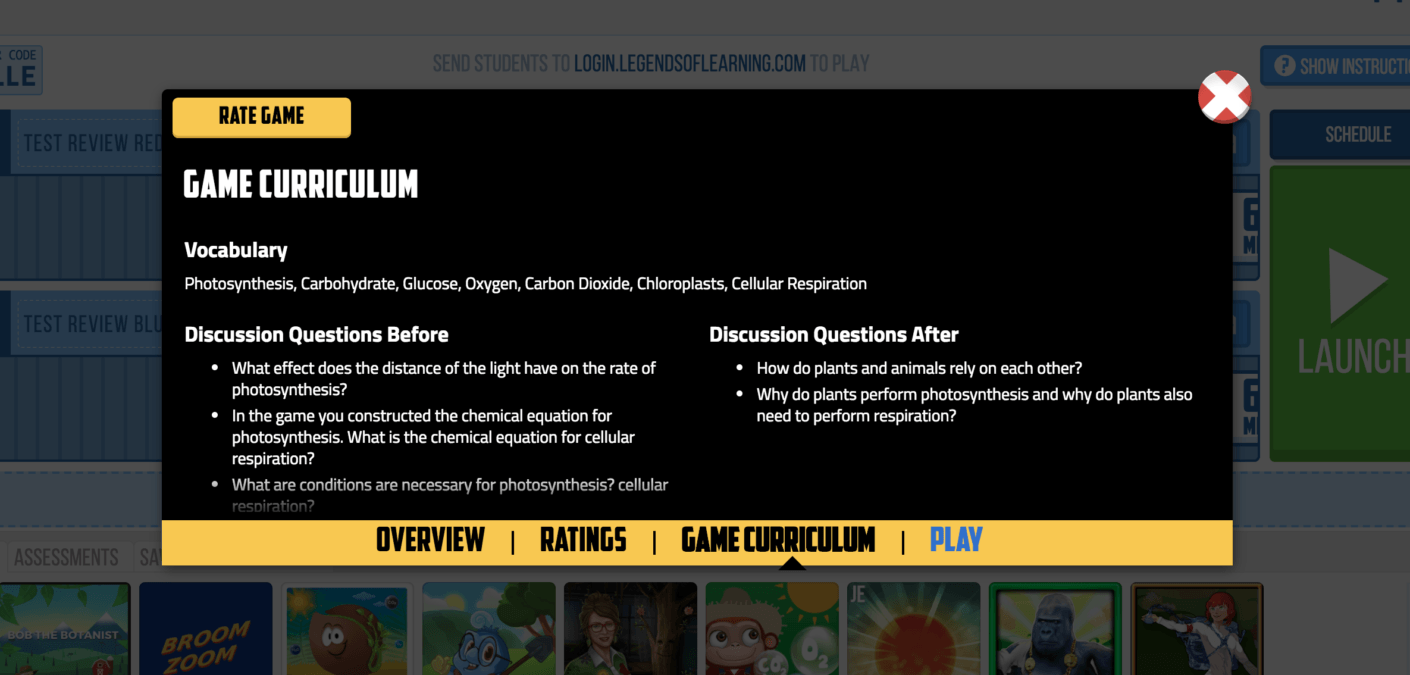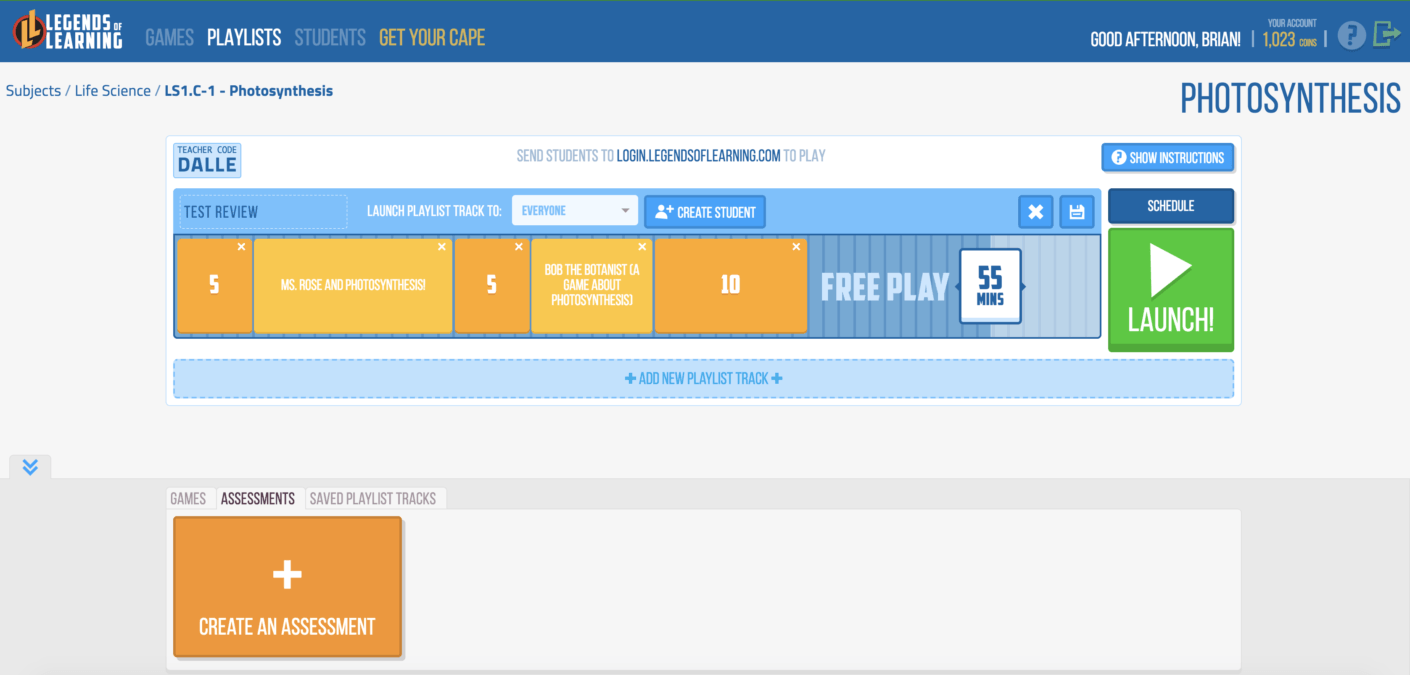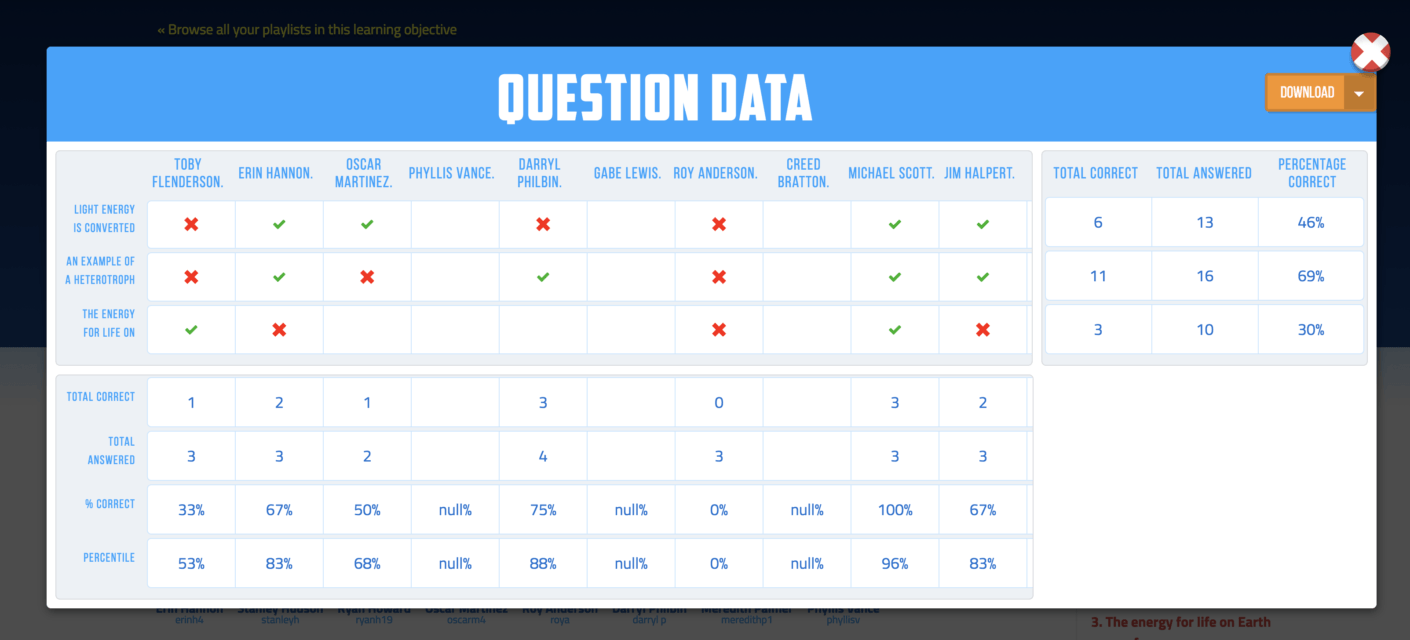8 Content Review Tips and Resource Articles
Are you looking for content review tips? As the world of standardized testing increases its focus on math and science (hello ACTs), teachers invest more class time on test preparation. Review can be one of the most mundane tasks your class engages in, boring both your students and you, the educator.
That’s why many teachers are looking for content review tips that make test prep fun and meaningful. In fact, many teachers use Legends of Learning’s thousands of games and assessment items for test prep. However, students often need more than one tool to help them lock in and review content day after day.
To help you in your efforts, check out these seven articles filled with tips and tools to strengthen your test prep/content review. Links are in the headlines:
1) Reviving Reviews: Refreshing Ideas Students Can’t Resist – Education World
Looking to end indifference this article asks? Then build a game for your classroom, which of course makes this article our favorite! Education World then links to five resources for teachers to download and use for in class content review.
2) Build Confidence – Edutopia
Did you know that teachers spend as much as 20-50 percent of their class time on test preparation? This article focuses on how to mix up your content review to make that time more useful. Our favorite tip is the last one: Using test preparation to build student confidence.
3) Spaced Learning – Harvard Magazine
You know it’s serious when Harvard is touting a technique. This article details how repeating content over an extended period of time significantly improves learning over the traditional “cram and test” model. Studies show an increase in knowledge by up to 50 percent, and strengthen retention for up to two years. It does take planning your test prep over a period of months instead of a week, but you would improve students’ subject mastery.
4) Turn Review into Play – Edutopia
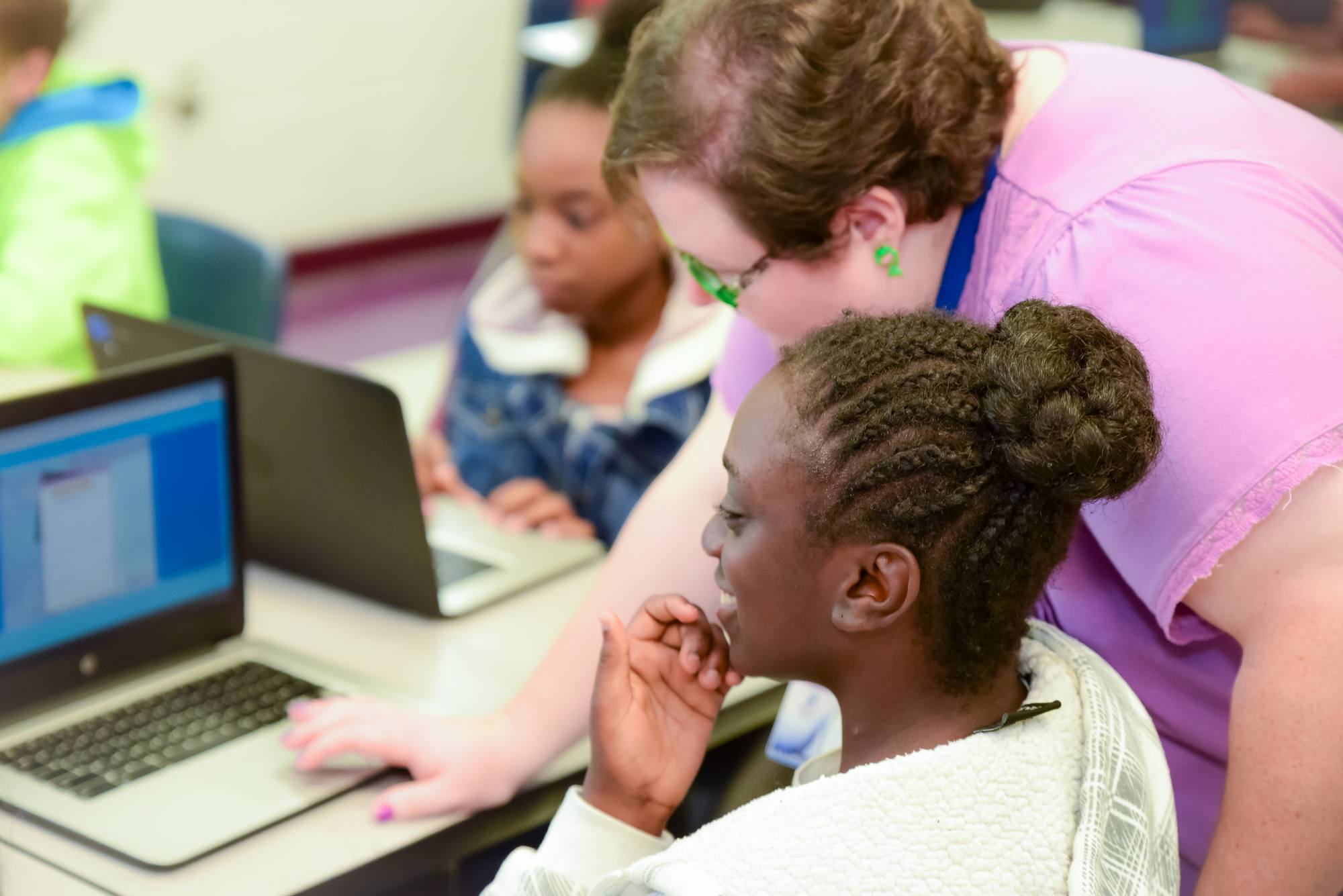
Want to stop boring the snot out of kids with your test prep? Make it fun and turn exercises into play. We might have a few games for that (Sorry, we couldn’t resist).
5) Five Ways to Make Test Prep Meaningful and Fun – Kathleen Kryza
Don’t miss this article. Besides the usual fun exercises, Kathleen has one very unique tip: Examine your own feelings about the test. If you’re not thrilled about the exam or your class’s potential performance, then you are probably broadcasting negative vibes.
6) Fun In-Class Activities – Apperson
This edtech vendor blog has some great ideas to get students interacting in class during content review. From Jeopardy to a friendly game of Jenga, find fun ways to switch up your test prep.
7) Top 12 Ways to Rev Up Classroom Review Strategies – TeachHub
This is another list article filled with fun ways to mix up content review in class. What caught our eye was letting students serve as teachers and graders. How about a little role reversal to get students engaged?
8) Make Test Prep Meaningful! – Corkboard
This blog post has a singular focus: Have students create their own quizzes. This student-centered activity helps kids master their content while engaging in an authentic, meaningful exercise that has real purpose.
Do you have additional content review tips you would suggest? If so, please add them in the comments section.



